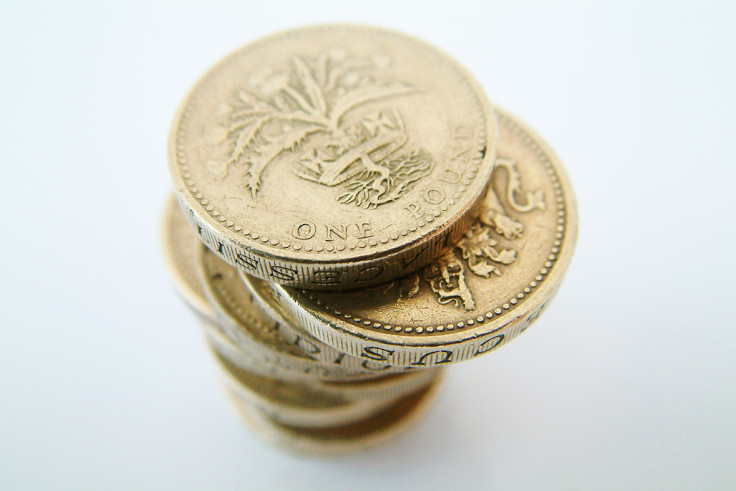FX Focus: Pound plunges to five-week low against dollar
Dollar rallies against main rivals after Fed officials signal firm possibility of rate hike this month.

The pound plunged to a five-week low on Wednesday (1 March), as weaker-than-expected manufacturing data and a strong dollar put the UK currency under pressure.
Sterling was 0.67% lower against the dollar, trading at $1.2267, the lowest level since mid-January, and was also 0.16% down against the euro. The UK currency fell as low €1.1683, the lowest level since 17 February.
"There are still risks ahead for the British Pound and it wouldn't surprise me if pound/dollar dipped even lower," said FXTM vice president of Market Research, Jameel Ahmad.
"The impending delivery of Article 50 from Theresa May and the re-emergence of a Scottish Referendum threat later in the future does favour a negative outlook for the pound."
The pound's struggle was exacerbated by a report which showed Britain's manufacturing sector expanded at the slowest pace in three months in February, as input costs remained close to a record high, albeit input cost inflation pressure eased slightly from the previous month.
"The recent easing in both suggests that the impact of the weak sterling exchange rate on prices is starting to subside, providing welcome respite with regards to pipeline inflationary pressures," said Rob Dobson, senior economist at IHS Markit.
While the figure marked the seventh consecutive month of expansion, it fell below forecast, but analysts remained adamant there was no reason to panic.
"The manufacturing sector will fare better in 2017 than it did in 2016," said Scott Bowman, UK economist at Capital Economics.
"And with the forthcoming rise in inflation set to hit the consumer services sector, we think this will result in manufacturing sector growth outpacing services sector growth for the first year since 2011.
Meanwhile, the Bank of England said the pace of borrowing in Britain slowed for the second consecutive month in January, amid growing concerns rising inflation might dent household budgets. It was the first time since 2012 that the rate of borrowing has suffered successive monthly declines.
Across the Atlantic, the dollar surged after Federal Reserve policymakers William Dudley and John Williams strongly hinted the US central bank could hike rates this month.
"It's clear right now that the Fed wants the market to perceive every meeting as live and even a week ago this was clearly not the case for March," said Oanda's senior analyst Craig Erlam.
"At above 60% for March and 70% for May, the Fed has done a much better job at guiding market expectations and I'm sure [Fed policymakers] Robert Kaplan and Lael Brainard will be keen to do more of the same today."
The greenback jumped 1.03% against the yen, trading at ¥113.93, and surged 0.43% and 0.68% against the euro and the Swiss franc respectively, fetching 0.9501 euro cents and CHF1.0126. The US currency was also 0.19% higher against the Canadian dollar, trading at CAD$1.3326.
© Copyright IBTimes 2025. All rights reserved.




















